Andong, serene destination for immersing in traditions
By Kim Hae-yeonPublished : Oct. 14, 2023 - 16:01
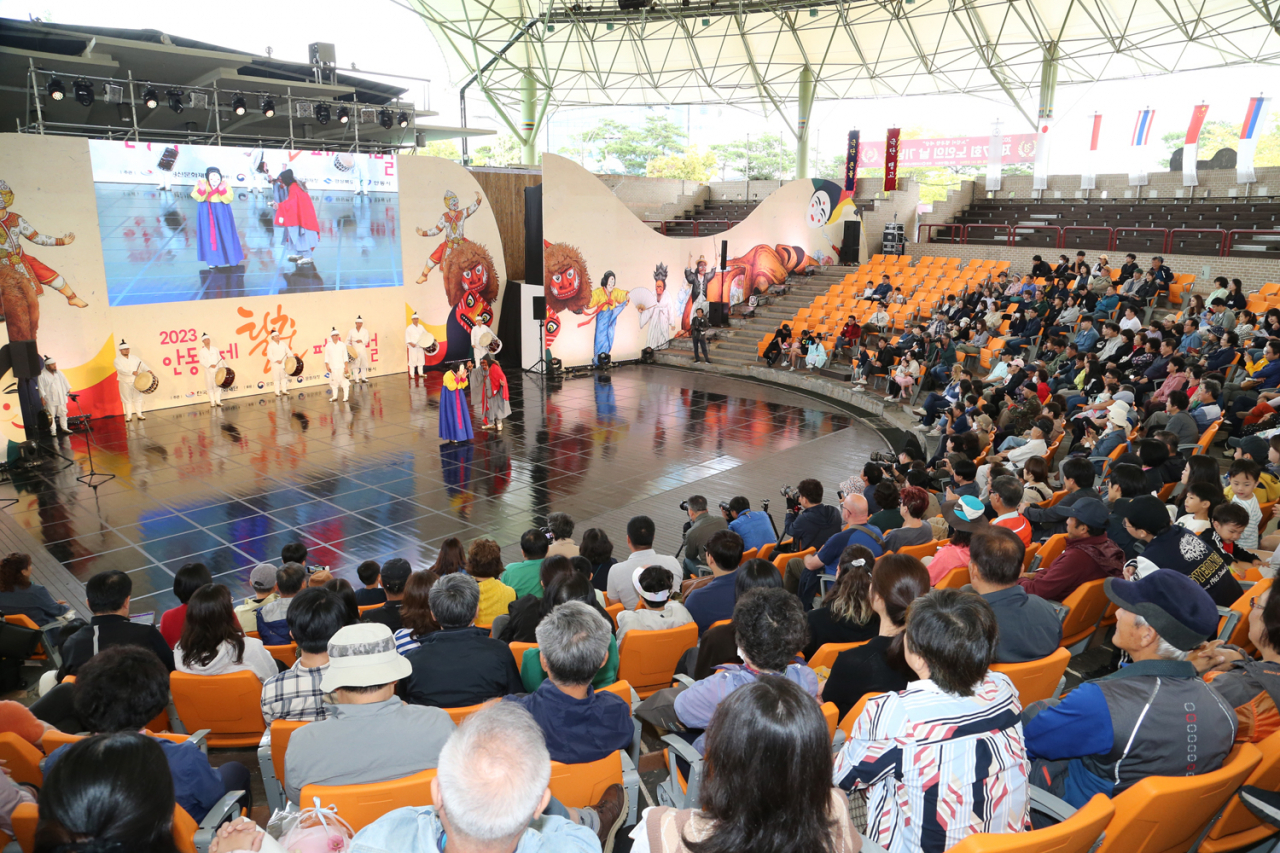
ANDONG, North Gyeongsang Province -- Two hours from Seoul’s Cheongnyangni Station by KTX, the high-speed rail service, Andong, North Gyeongsang Province, is a city known for its longstanding traditions and beautiful landscape.
The Culture Ministry, in 2020, named Andong a "Tourism Hub City" along with Busan, Gangneung, Jeonju and Mokpo and Korea Tourism Organization been working to bolster international tourism in the designated cities.
Andong has a rich history associated with talchum, traditional mask dance, manifested through oral traditions, social practices and the craftsmanship of masks.
In November last year, talchum was inscribed on the UNESCO Intangible Cultural Heritage list. One particular talchum genre, known as the Hahoebyeolsingut-talnori, traces its roots to Hahoe Village in Andong.
The annual Andong Maskdance Festival, held since 1997, is an integral part of the Byeolsingut Festival which used to be held in Hahoe Village, its tradition dating back over 800 years.
This year’s event, which ended Oct. 9, showcased 18 different genres of talchum recognized by the UNESCO and also included mask dances from different countries. Numerous booths were set up where visitors could experience traditions and culture of Andong, while global street food and music filled the open arena.
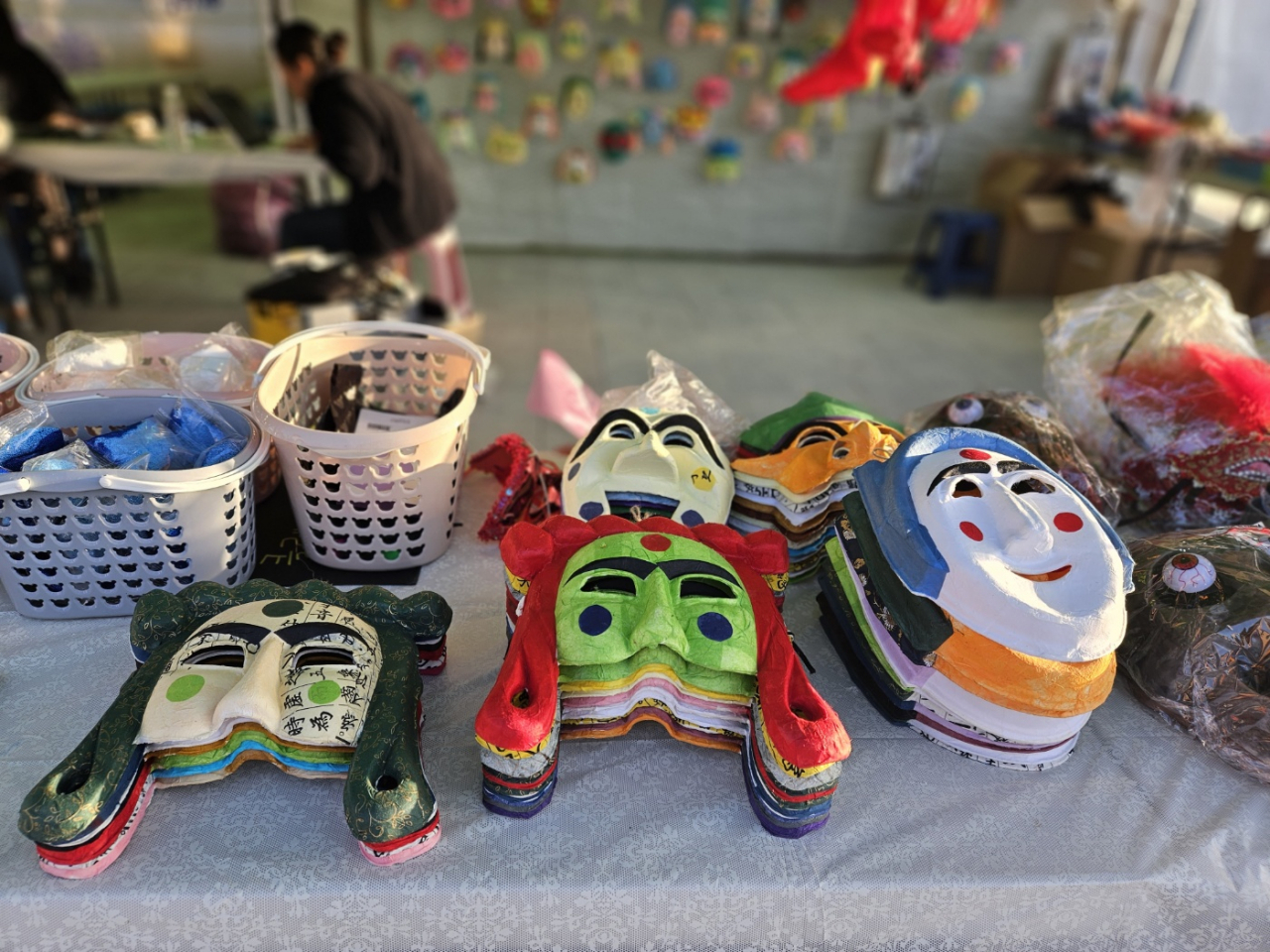
The city offers even more in terms of history and traditions.
Referred to as “a museum without a roof,” Andong has a vibrant cultural scene, including a rich literary heritage with Yi Yuksa, a prominent independence activist and poet at its core.
The Yi Yuksa Literary Museum is dedicated to honoring the literary achievements of Yi Won-rok (1904-1944), a resistance poet during the Japanese colonial period. Yi is Known by his pen name derived from his prison cell number "264" during his time in a Japanese prison.
The museum provides a comprehensive view of Yi Yuksa's life, including his birth and early years in Andong, as well as achievements as a poet.
Yi's birthplace is restored in front of the museum. Though a few kilometers away from the original location, the site meticulously replicates the building structure where he lived with five brothers and his family.
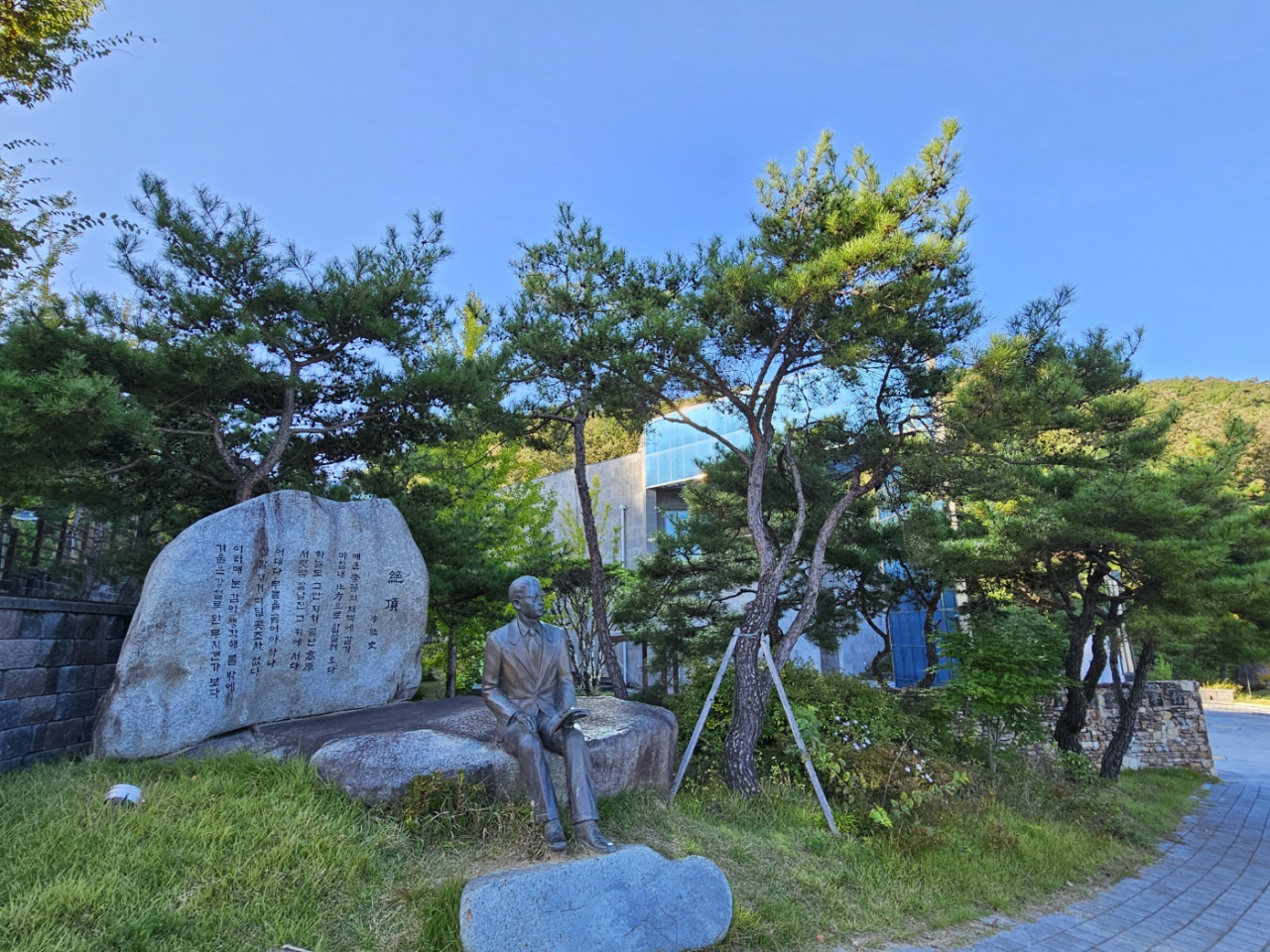
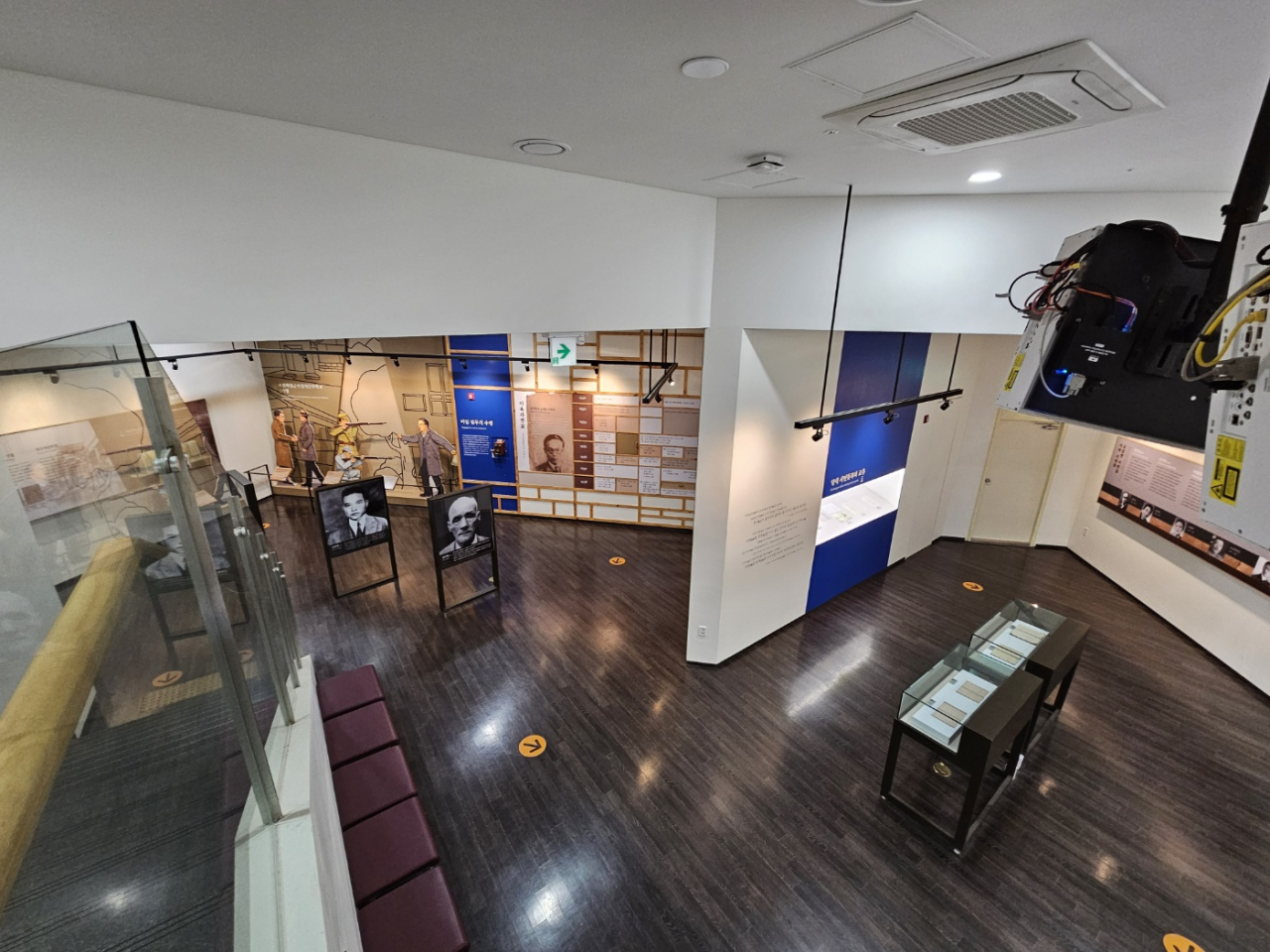
The 264 (Yi Yuksa) Winery, about two kilometers from the museum, was launched by Andong city in 2017 as part of a regional specialization project.
The winery produces white wines made with Korean Cheongsu grapes. Visitors can take a short tour around the vineyard and engage in free wine-tasting.
"I switched from growing watermelons to grapes, inspired by Yi Yuksa's 'Green Grapes' poem from 1937," said Lee Dong-soo, the winery owner. "As the poem indicates, July is when grapes ripen. I am delighted to echo his words in this neighborhood, in memory of the poet."
The three wines at 264 Winery lean toward a refreshing tanginess with bitterness and minimal fruit sweetness.

For visitors exploring Andong for the first time, seowon, traditional Confucian academies of Joseon era, are a must-see. Two notable seowon in Andong -- Dosan Seowon and Byeongsan Seowon -- are among the group of nine seowon on the list of UNESCO World Heritage sites.
Yekki Village, a five-minute drive from Dosan Seowon, welcomes visitors with captivating mural paintings on the walls of its long and narrow alley.
Settled by people who lost their homes when Andong Dam was constructed in 1976, Yekki Village began to take shape as a settlement overlooking the residents' previous hometown near the dam. Until five years ago, the village had been fading into history, with the young people leaving the area.
However, formerly abandoned buildings have now been transformed into galleries, showcasing local artists. Cafes and restaurants have also found a place in the village in refurbished hanok, providing a unique ambiance in the historical setting.
The village is situated adjacent to the first course of Andong Seonbi Sullye-gil, named Seonseonghyeong-gil, which is a great option for trail-walking enthusiasts.
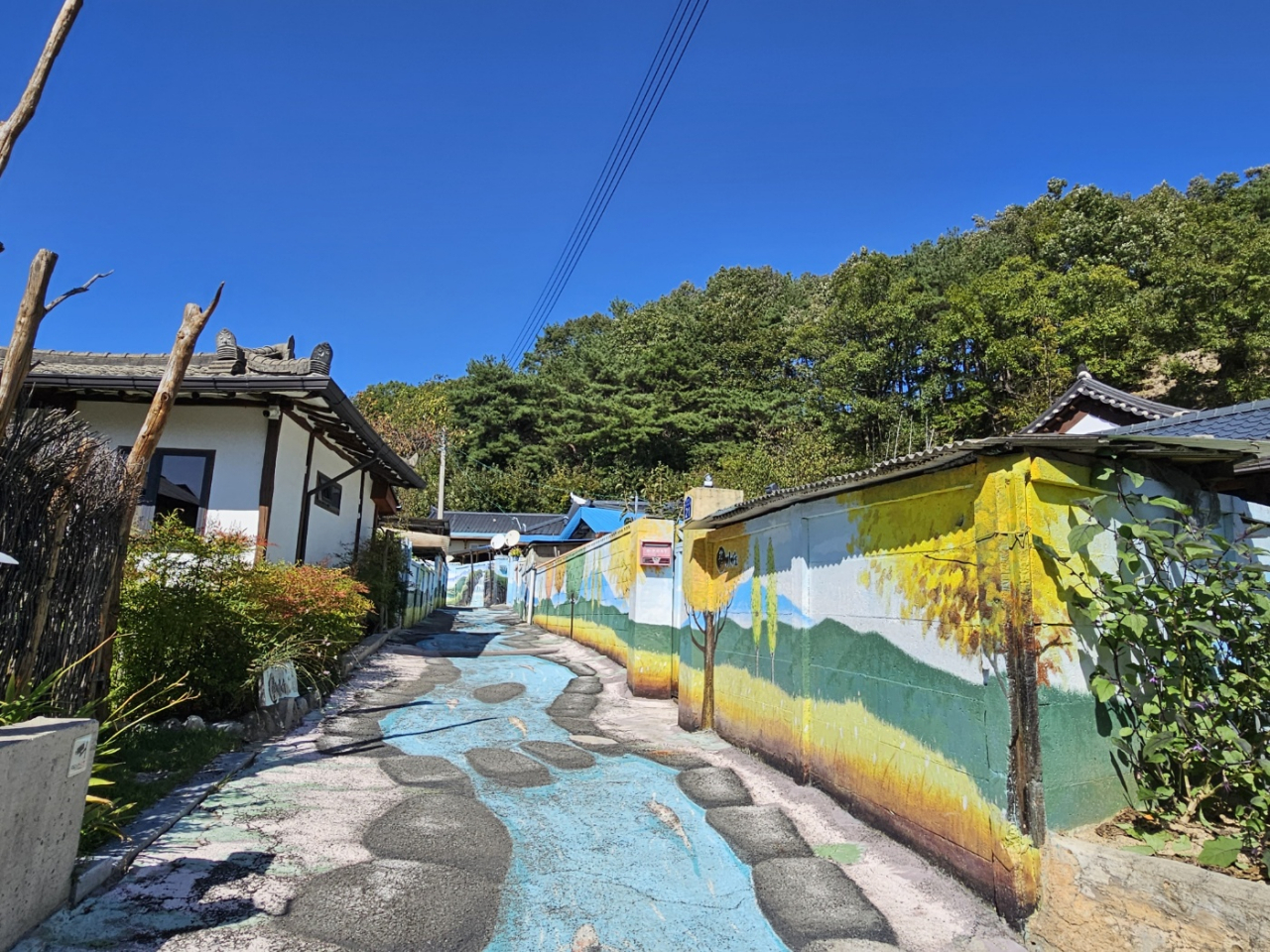
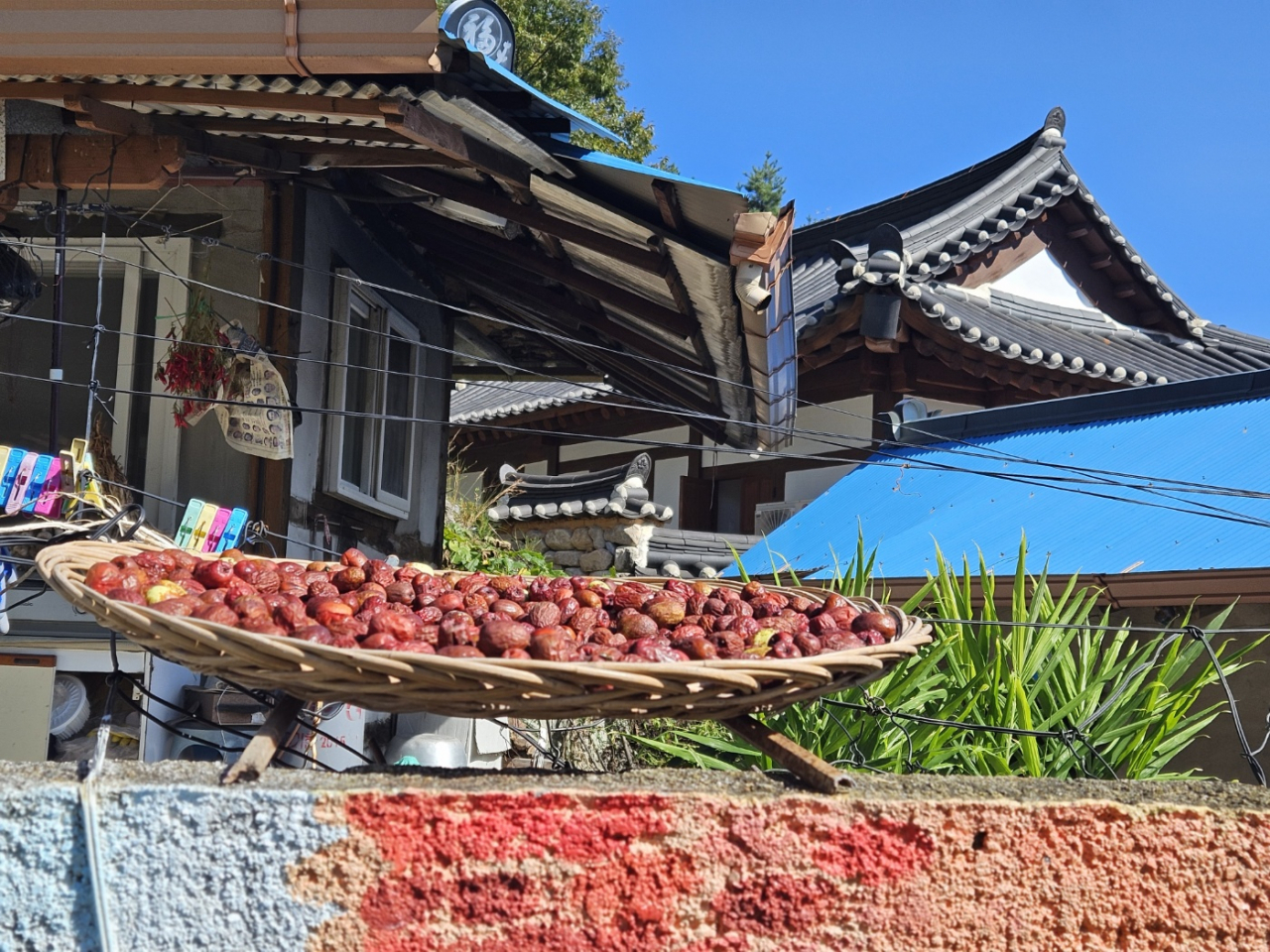
Nakgangmulgil Park is a good spot for a leisurely stroll during the fall season.
Situated near Andong along the Nakdong River, the park offers a tranquil setting for a fall picnic with a scenic view of a lake and waterfalls. If you venture a little further beyond the rest area, you will come upon stairs that lead up to Andongnu Pavilion. From this vantage point, a panoramic view of Andong Dam unfolds.
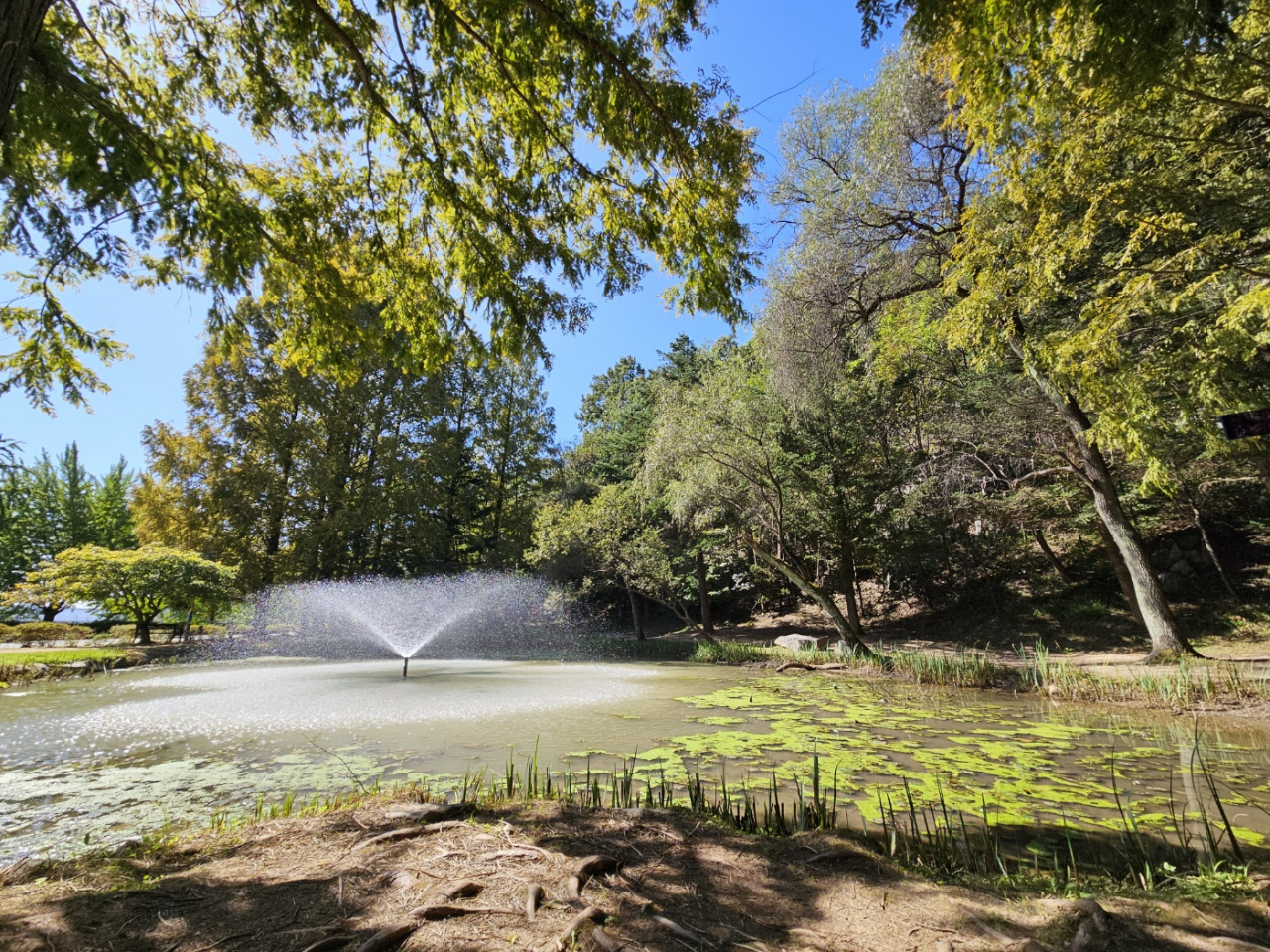
The park is also just 1.5 kilometers from Woryeong Bridge, offering a tranquil nighttime view with the moon's reflection on the Nakdong River.



















![[Today’s K-pop] Treasure to publish magazine for debut anniversary](http://res.heraldm.com/phpwas/restmb_idxmake.php?idx=642&simg=/content/image/2024/07/26/20240726050551_0.jpg&u=)